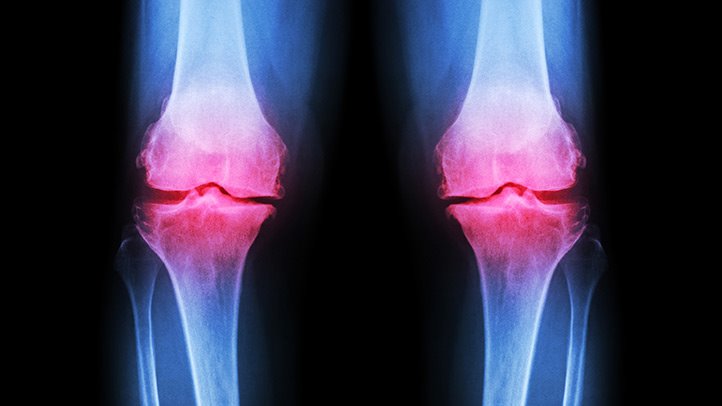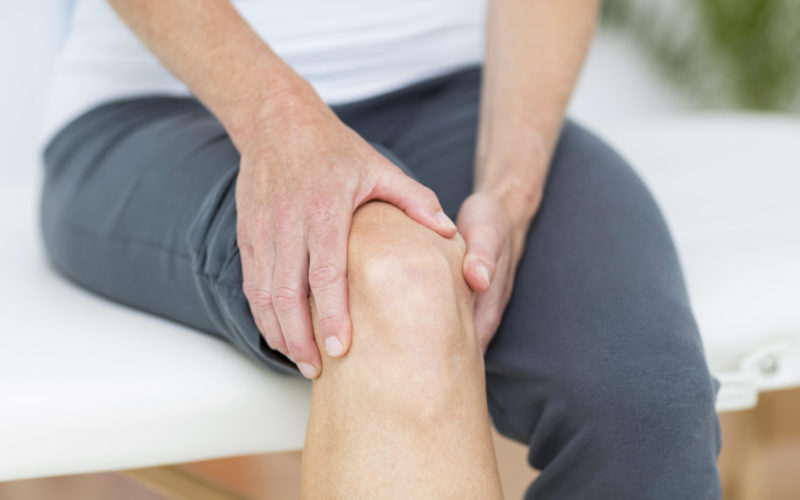
Before you developed osteoarthritis, you probably took it for granted that you could move your joints smoothly and without pain. But when the cartilage at the ends of the bones in your joints begins to break down, the joints don’t move as smoothly. Here’s what happens in osteoarthritis:
- The breakdown of cartilage causes your bones to react in those areas, often by developing bone spurs, or growths.
- The cartilage doesn’t stretch as well, and can be injured more easily because of it.
- Your joints may become inflamed and swollen, which damages the cartilage even more.
- When the bones touch without that protective cartilage in between, you’ll feel pain and have stiffness. You may notice that the joint can no longer be moved through a range of motions.
